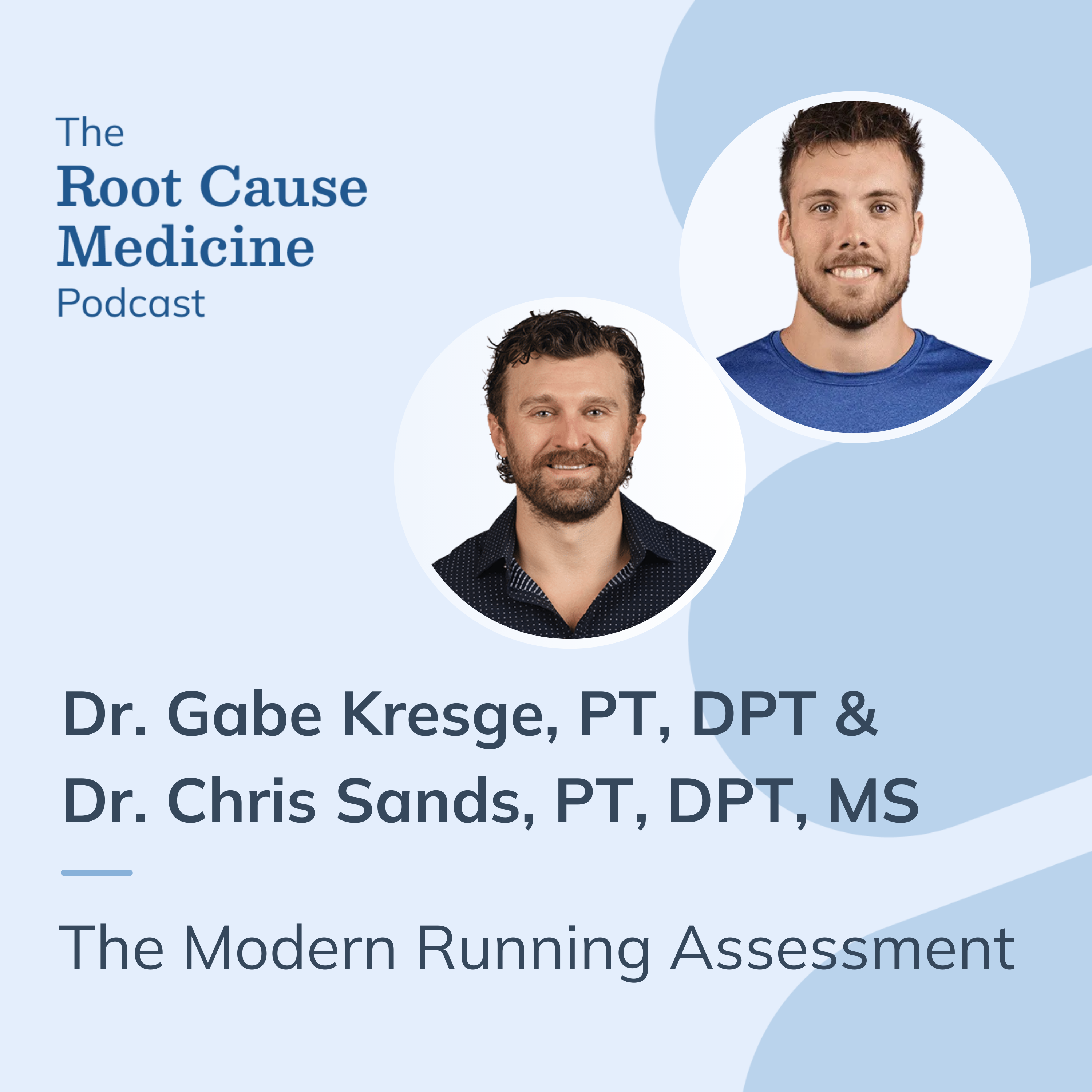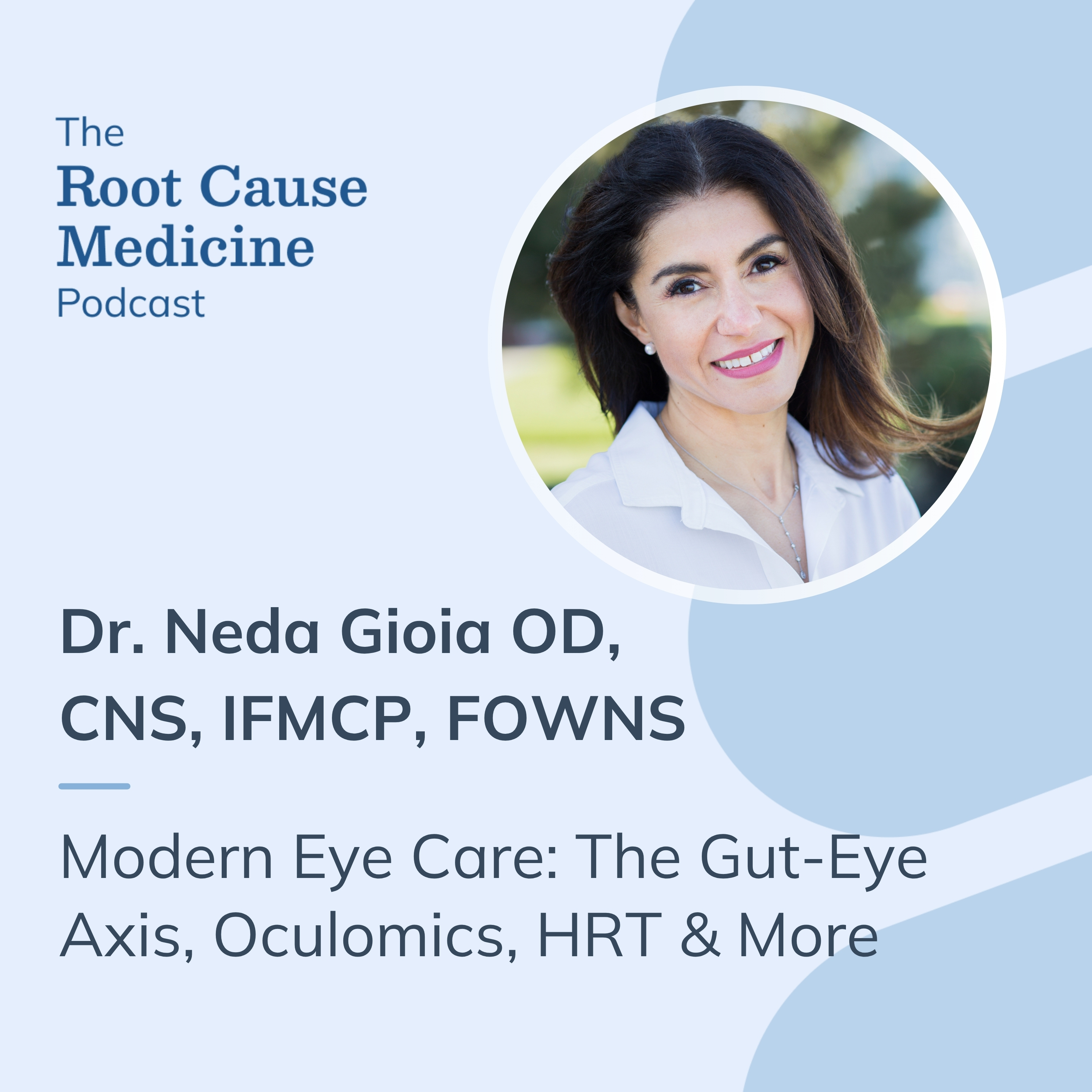Viral infections impact billions of people worldwide each year, ranging from common colds to more serious conditions that can significantly affect health and quality of life. While conventional medicine offers essential treatments and preventive measures like vaccines, some healthcare providers also explore integrative approaches aimed at supporting immune function and overall wellness.
While these integrative strategies are not substitutes for medical treatment, they may help individuals better maintain health during viral challenges and potentially support recovery when illness occurs. This guide explores how traditional medical approaches and evidence-based complementary strategies can work together to address viral concerns effectively.
[signup]
What Are Viral Infections?
Viral infections occur when viruses—tiny infectious agents much smaller than bacteria—enter the body and replicate within host cells. Unlike bacteria, viruses cannot reproduce independently and must use their hosts' cellular machinery to make copies of themselves. This replication process often affects the host cells, potentially leading to various symptoms. Viruses differ significantly from other microorganisms like bacteria in their structure, size, and response to treatments, with most viral infections not responding to antibiotics.
Common viral infections include respiratory conditions like influenza and the common cold, childhood illnesses such as chickenpox, and gastrointestinal issues that cause digestive discomfort. Some viruses primarily affect specific body systems—respiratory viruses target the lungs and airways, while enteroviruses affect the digestive system. Others, like Epstein-Barr virus or hepatitis viruses, may affect multiple systems or specific organs like the liver. Always consult with your healthcare provider for proper evaluation and guidance if you experience symptoms that are concerning.
Viruses spread through various routes, including respiratory droplets from coughing or sneezing, direct contact with infected individuals, contaminated surfaces, contaminated food or water consumption, or through insect vectors. Some viruses, like influenza, circulate seasonally with higher rates during winter months, while others may cause outbreaks when they spread rapidly through populations. Understanding these transmission patterns helps inform prevention strategies and public health responses to viral challenges.
How Viruses Interact With the Body
When viruses enter the body, they begin a complex process of attaching to and entering specific host cells. Different viruses target different cell types based on their surface receptors—influenza primarily affects respiratory tract cells, while hepatitis viruses target liver cells. Once inside, viruses release their genetic material (either DNA or RNA) and use the cell's own machinery to produce viral proteins and assemble new virus particles. These newly created viruses then exit the host cell, potentially affecting additional cells and continuing the replication cycle.
The immune system responds through multiple mechanisms. The innate immune response provides immediate, general defense through physical barriers (like mucous membranes), protective substances, and specialized cells that recognize and respond to infected cells. The adaptive immune response develops more slowly but creates specific antibodies and memory cells that provide longer-lasting protection. This immune activity often causes many of the symptoms associated with viral infections, including fever, inflammation, and fatigue, as the body works to restore balance.
The course and intensity of viral infections vary based on the specific virus, viral load (amount of virus present), infection site, and individual factors like age, overall health, and immune status. Many viral infections resolve within days or weeks as the immune system successfully responds to the virus, while others may become chronic, with the virus persisting in the body for months, years, or even a lifetime. Some viruses may remain dormant within cells for extended periods before reactivating later, as seen with herpes viruses that cause cold sores or shingles. Consult with your healthcare provider if you have concerns about persistent or recurring symptoms.
Symptoms and Identification
Viral infections produce a wide range of symptoms depending on the specific virus, the affected body systems, and individual factors. Common general symptoms include fever, fatigue, muscle aches, headache, and malaise (general feeling of unwellness). More specific symptoms reflect the affected body systems—respiratory infections typically cause cough, sore throat, or congestion; gastrointestinal viruses lead to nausea, vomiting, or diarrhea; and some viruses produce distinctive rashes or skin changes. Symptom intensity ranges from mild discomfort that barely disrupts daily activities to more significant effects requiring medical attention.
Healthcare providers identify viral infections through clinical evaluation and laboratory testing. They assess symptoms, medical history, and potential exposures during physical examinations to narrow down possible causes. Laboratory tests may include molecular tests like polymerase chain reaction (PCR) that detect viral genetic material, antigen tests that identify viral proteins, or antibody tests that measure the immune response to infection. For some viruses, rapid diagnostic tests provide results within minutes, while others require specialized laboratory analysis that may take longer to complete.
Distinguishing viral infections from bacterial, fungal, or non-infectious conditions presents a crucial diagnostic consideration, as approaches differ significantly between these categories. Viral infections typically do not respond to antibiotics, which only work against bacteria. Certain clinical features and laboratory findings may help differentiate viral from bacterial infections, though some cases remain challenging to identify definitively. If you experience concerning or persistent symptoms, consult your healthcare provider for proper evaluation and guidance based on your specific situation.
Conventional Medical Approaches
Antiviral medications form a key component of conventional approaches for certain viral infections by interacting with various stages of the viral life cycle. Unlike antibiotics, which work against many different bacteria, most antivirals target specific viruses or virus families. For example, oseltamivir (Tamiflu) works against influenza viruses, while acyclovir addresses herpes viruses. Antivirals work through different mechanisms—some affect virus entry into cells, others influence viral replication, and some impact the release of new virus particles from infected cells.
The timing of antiviral use often significantly impacts effectiveness, with many working best when started early in the infection course. Antiviral medications provide the most benefit for influenza when begun within 48 hours of symptom onset. For chronic viral situations like hepatitis C or HIV, treatment regimens may continue for months or years to manage viral replication and support health. Healthcare providers select appropriate antivirals based on the specific virus, infection characteristics, patient factors, and potential side effects or interactions with other medications.
Supportive care represents another essential aspect of conventional approaches for viral infections, focusing on managing symptoms and maintaining bodily functions while the immune system responds to the virus. This may include fever management with appropriate medications, adequate hydration, rest, and comfort measures. For respiratory infections, approaches may consist of cough management, decongestants, or breathing support in more significant cases. Patients with severe viral infections may require hospitalization for intravenous fluids, close monitoring, oxygen therapy, or intensive care.
Holistic and Integrative Approaches
Functional medicine approaches to viral challenges focus on supporting the body's physiologic processes and addressing factors that may influence individual resilience and recovery capacity. This personalized strategy considers how nutritional status, gut health, stress levels, sleep quality, and environmental exposures collectively impact immune function and viral resistance. Rather than focusing solely on the virus itself, functional approaches aim to create optimal conditions for immune response while supporting recovery processes. Consult a qualified healthcare provider before making significant changes to your health regimen.
Nutritional strategies play a significant role in supporting immune function during viral challenges. Research suggests that various nutrients help maintain immune cell development, signaling, and function. These include vitamins C, D, A, zinc, selenium, and protein. Consuming a varied diet rich in colorful fruits, vegetables, whole grains, lean proteins, and healthy fats provides these essential nutrients.
Some plant compounds found in foods like berries, citrus fruits, garlic, ginger, and green tea may have additional beneficial properties that support immune function or potentially help manage inflammation during infection. However, nutritional strategies should not be viewed as replacements for medical care or prevention methods like vaccination.
Mind-body practices and lifestyle factors significantly influence immune resilience and health outcomes. Regular moderate physical activity appears to support optimal immune function, while excessive intense exercise may temporarily alter immunity. Adequate sleep provides time for immune system maintenance and regulation, with research suggesting that chronic sleep deprivation may affect immune responses.
Stress management techniques like meditation, deep breathing, yoga, and time in nature may help moderate stress hormone levels that, when chronically elevated, can influence immune responses. Supporting gut health through fiber-rich foods and probiotic-containing items may also benefit immune regulation as research increasingly recognizes connections between gut microbiome balance and immune function. Consult your healthcare provider to determine which lifestyle approaches may benefit your specific health situation.
Prevention Strategies
Viral infection prevention begins with limiting exposure to infectious agents through practical everyday measures. Proper handwashing with soap and water for at least 20 seconds helps remove viruses that may be present on hands. When soap and water aren't available, alcohol-based hand sanitizers containing alcohol provide an effective alternative.
Avoiding close contact with sick individuals, practicing good respiratory hygiene by covering coughs and sneezes with tissues or the elbow, and cleaning frequently touched surfaces may further reduce viral transmission risk. In certain situations like disease outbreaks or seasonal flu seasons, additional measures such as wearing masks, physical distancing or modifying activities may help reduce viral spread.
Vaccination remains one of the most evidence-based tools in viral infection prevention. It represents one of the most effective ways to support health against many viral infections by stimulating the immune system to recognize and respond quickly to specific viruses. Vaccines help the body produce antibodies and memory cells against viruses without causing the actual disease, protecting against future exposure.
Recommended vaccines vary by age, health status, and risk factors, with many routine childhood vaccinations providing long-lasting protection against viruses that previously caused widespread illness. Annual influenza vaccines help protect against seasonal flu strains, while other vaccines may be recommended for specific risk groups or before travel to certain regions.
Supporting immune system function through healthy lifestyle habits may help enhance resilience against viral infections. Regular physical activity, adequate sleep (7-9 hours for most adults), stress management, and maintaining a healthy weight all contribute to optimal immune function. Nutritional strategies, including consuming a varied diet rich in fruits, vegetables, whole grains, lean proteins, and healthy fats, help provide essential nutrients needed for immune responses. Minimizing excessive alcohol consumption, avoiding tobacco products, and managing chronic conditions may further support immune health. While these measures don't guarantee protection against viral infections, they help create conditions for optimal immune system functioning when viral exposure occurs.
Living with Ongoing Viral Challenges
Managing ongoing viral situations requires comprehensive approaches that address both the condition itself and its potential impacts on overall health and quality of life. For some viral infections like hepatitis B, hepatitis C, or HIV, long-term medical support helps manage viral activity and maintain health. Healthcare providers develop personalized management plans based on the specific virus, condition status, and individual health factors. These plans may include regular monitoring through laboratory tests, adjusting medications as needed, and addressing any developing concerns.
Beyond medical management, supporting overall wellness through nutrition, physical activity, stress management, and adequate rest may help individuals maintain health while living with chronic viral conditions.
Quality-of-life considerations remain important for those experiencing ongoing effects from chronic viral conditions. Support resources include patient education materials, support groups (in-person or online), and coordination between healthcare providers from different specialties when needed. Mental health support may benefit those dealing with diagnosis-related emotional challenges or the impact of chronic symptoms on daily life.
Open communication with healthcare providers about symptoms, treatment effects, and concerns helps ensure care plans align with patient goals and preferences. Individuals living with chronic viral infections should work with their healthcare teams to develop comprehensive strategies that address both physical health needs and quality of life considerations to maintain the highest possible level of wellness and function.
[signup]
Key Takeaways
- Viral infections occur when viruses enter host cells and replicate, causing symptoms that vary based on the virus type, infection site, and individual health factors.
- Conventional medical treatments for viral infections include antiviral medications, most effective when started early, and supportive care to manage symptoms and maintain bodily functions.
- Holistic and integrative approaches, such as proper nutrition, regular moderate exercise, adequate sleep, and stress management practices, help support immune function and enhance overall resilience against viral infections.
- Prevention strategies involve practical measures like handwashing, respiratory hygiene, vaccinations, and lifestyle habits that strengthen immune system function to reduce viral infection risks.
- Chronic or ongoing viral conditions, like hepatitis or HIV, require comprehensive care plans that include medical management, regular monitoring, and supportive lifestyle practices to maintain health and quality of life.












%201.svg)







